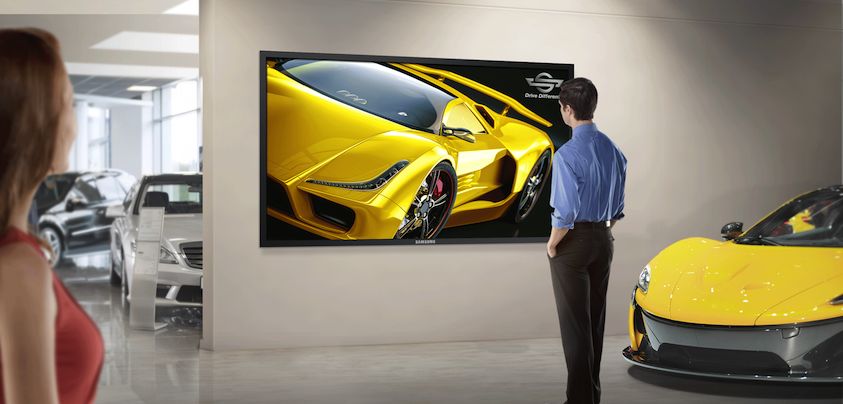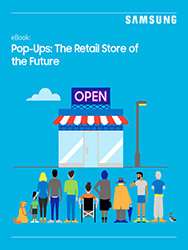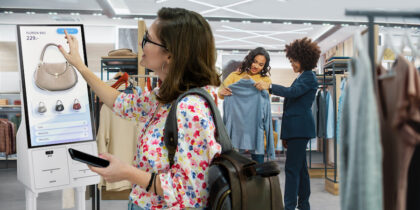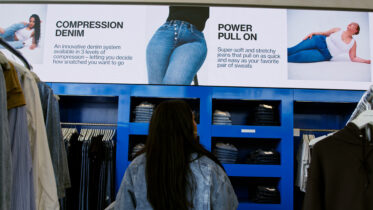A pop-up retail store can offer manufacturers a unique opportunity to directly interact with and learn more about their market.
It’s apparent manufacturers are already cultivating direct relationships with consumers. Research from IDC Manufacturing Insights projects that by 2020, 50 percent of all manufacturers will have the ability to deliver direct-to-consumer.
Setting up a pop-up with smart, connected devices and a technology rich experience can enable original equipment manufacturers (OEMs) to gather more data about end users, improve the customer experience and build brand loyalty.
Leading OEMs in everything from packaged goods to apparel and consumer electronics are now directly engaging their users through email, mobile and social media, said Stephen Diorio, research director for the Forbes CMO Practice. They’re also using pop-up retail and what he calls “portable eCommerce experiences” to gather data in the physical world.
“The goal of all this effort is to more directly support, enhance or accelerate the customer journey by adapting to changes in customer behavior and differentiating the brand experience,” Diorio explained.
Establishing a Physical Footprint
A pop-up retail store offers a cost-effective, flexible and simple way for an OEM to establish a physical footprint and have a face-to-face experience with end users.
Many manufacturers are already showcasing their products or brands in standalone and in-store pop-ups. It offers more prominent real estate than signage and endcap, and when staffed with a brand representative, it is an opportunity to better educate and engage consumers about product benefits.
Take Your Store to the Next Level
Discover how connected pop-ups can help you drive successful retail initiatives. Download Now
Apparel and electronics manufacturers have used the concept in recent years. For example, Lowes has expanded its store-within-a-store pop-ups to more than 70 locations. These smart home stores feature a curated selection of smart home products from various manufacturers, according to Retail Touchpoints.
The stores are staffed with trained experts that have a high level of knowledge about the products. The model enables participating manufacturers an opportunity to offer consumers a better “try before you buy” experience, increasing engagement and driving interest.
Using Smart Connectivity to Drive the Experience and Cultivate Data
The most successful OEM pop-up stores incorporate interactive and experiential brand experiences from beginning to end with digital signage, intuitive store design, touchscreen displays, tablets and compelling content. These experiences play on the senses to make emotional connections, gather data and feedback, forge stronger brand-customer relationships and promote customer loyalty.
Manufacturers can offer personalized experiences that make it easy for customers to make choices and leverage that quality content in the pop-up and through kiosks and tablets and obtain consumer contact information. “Video content, personalized content elements, education, stories and thought leadership are critical fuel to the digital experience,” Diorio said.
With Samsung Connected Spaces, manufacturers can access a plug-and-play solution with all the components they need to quickly and easily bring a pop-up to market. Next-generation technologies such as smart displays, tablets, cameras and an intuitive dashboard can help manufacturers to bring data to life.
For OEMs looking to reach their users and learn more about their market, a pop-up retail store is a valuable tool to improve the customer experience and build brand loyalty.
To draw in new customers, many stores are turning toward experiential retail, which relies on technology like mirror displays and digital signage to attract shoppers.








